In June 2024, a British Airways Boeing 777 faced a critical takeoff emergency at Gatwick Airport. The jet, bound for Vancouver, aborted takeoff at the last moment. The error caused a fire on the aircraft’s right-side brakes, leading to a full airport disruption. This frightening moment happened just as the aircraft hit V1 speed—the point where takeoff becomes mandatory.
The co-pilot mistakenly pulled back the thrust levers instead of lifting the nose of the jet. This sudden move forced an emergency stop that overheated the brakes. Flames erupted, but the crew acted fast. Emergency teams extinguished the fire before anyone suffered injuries. However, the aftermath caused widespread delays and over 20 flight cancellations at the airport.
This British Airways incident highlights the danger of human error, even among experienced flight crews. The co-pilot had over 6,000 hours of flight time, including more than 2,700 hours on the Boeing 777. However, under pressure, he failed to follow the standard takeoff procedure. He attempted to correct the move but hesitated to resume takeoff, deciding to abort instead.
The captain acted quickly and stayed calm throughout the incident. Although he monitored the flight and wasn’t flying, his composed response helped the crew manage the crisis. Their teamwork kept the passengers safe, despite the scare on the runway.
British Airways continues to train its crews to reduce such risks. The airline also supports investigations to improve flight safety. Experts stress that every second counts during takeoff, and protocol must always guide pilot actions. Mistakes like these create ripple effects, delaying flights and stranding passengers for hours.
This incident reminds everyone how quickly things can spiral at major airports. Even small missteps carry heavy consequences when jets move at high speeds.
Related stories:
Catch up on the top stories and travel deals by subscribing to our newsletter!

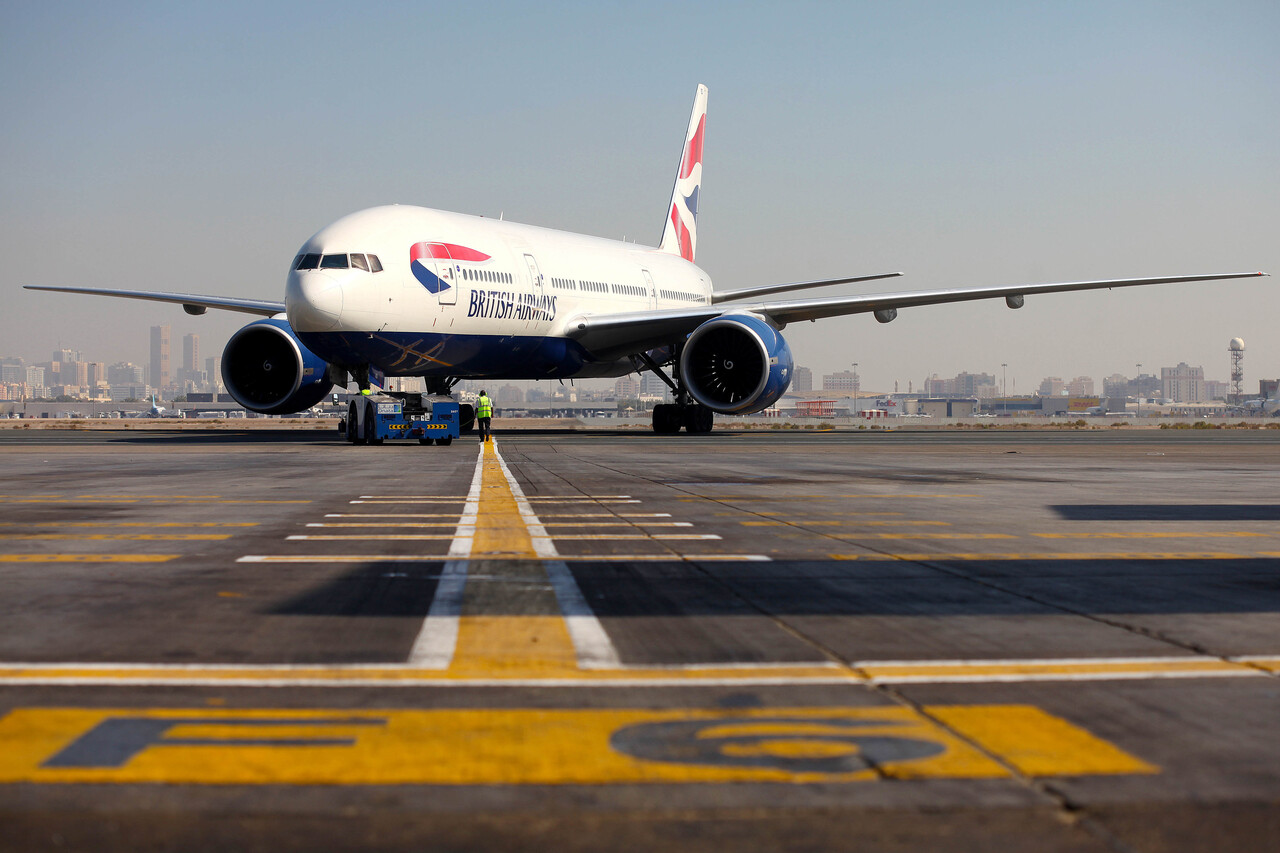


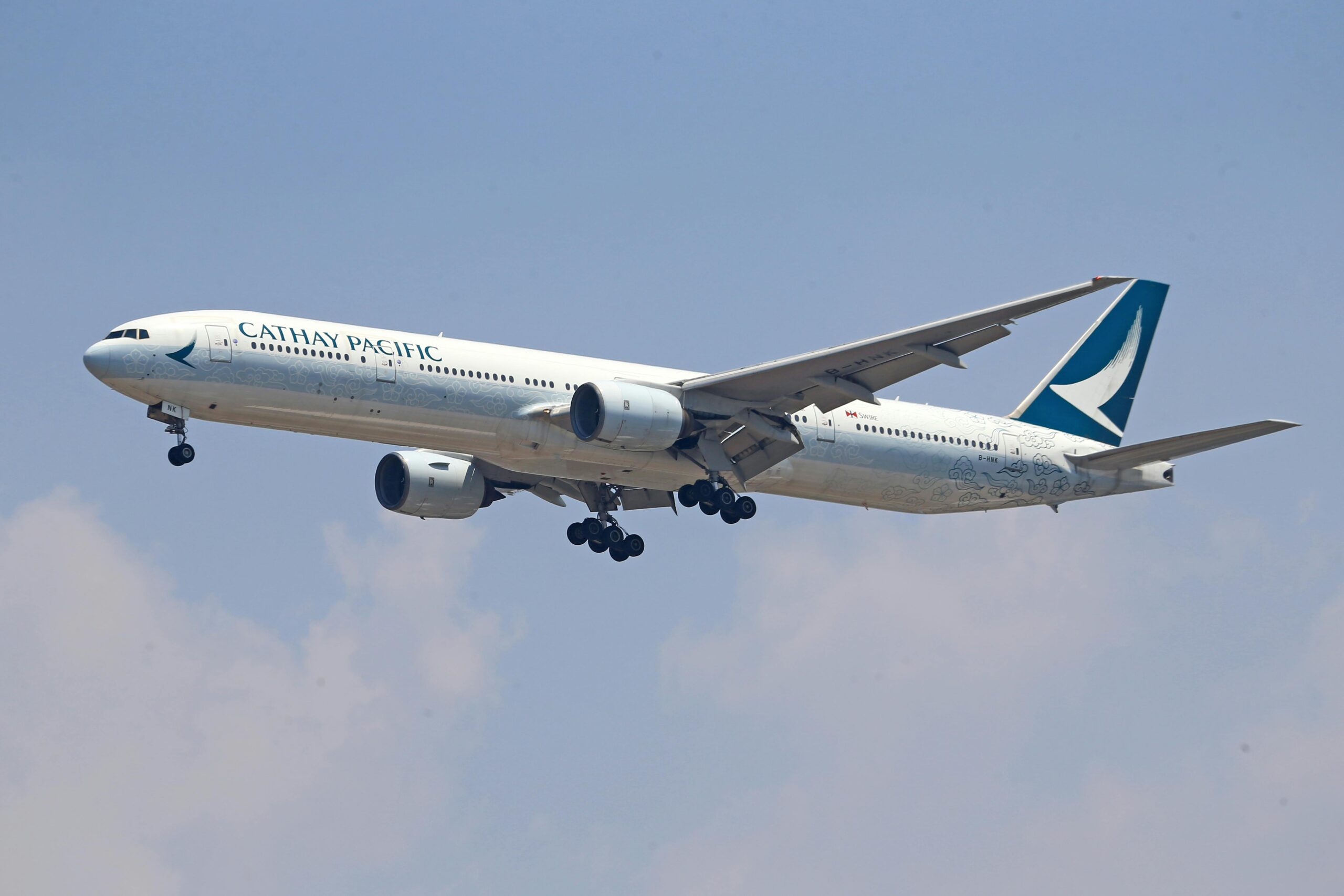

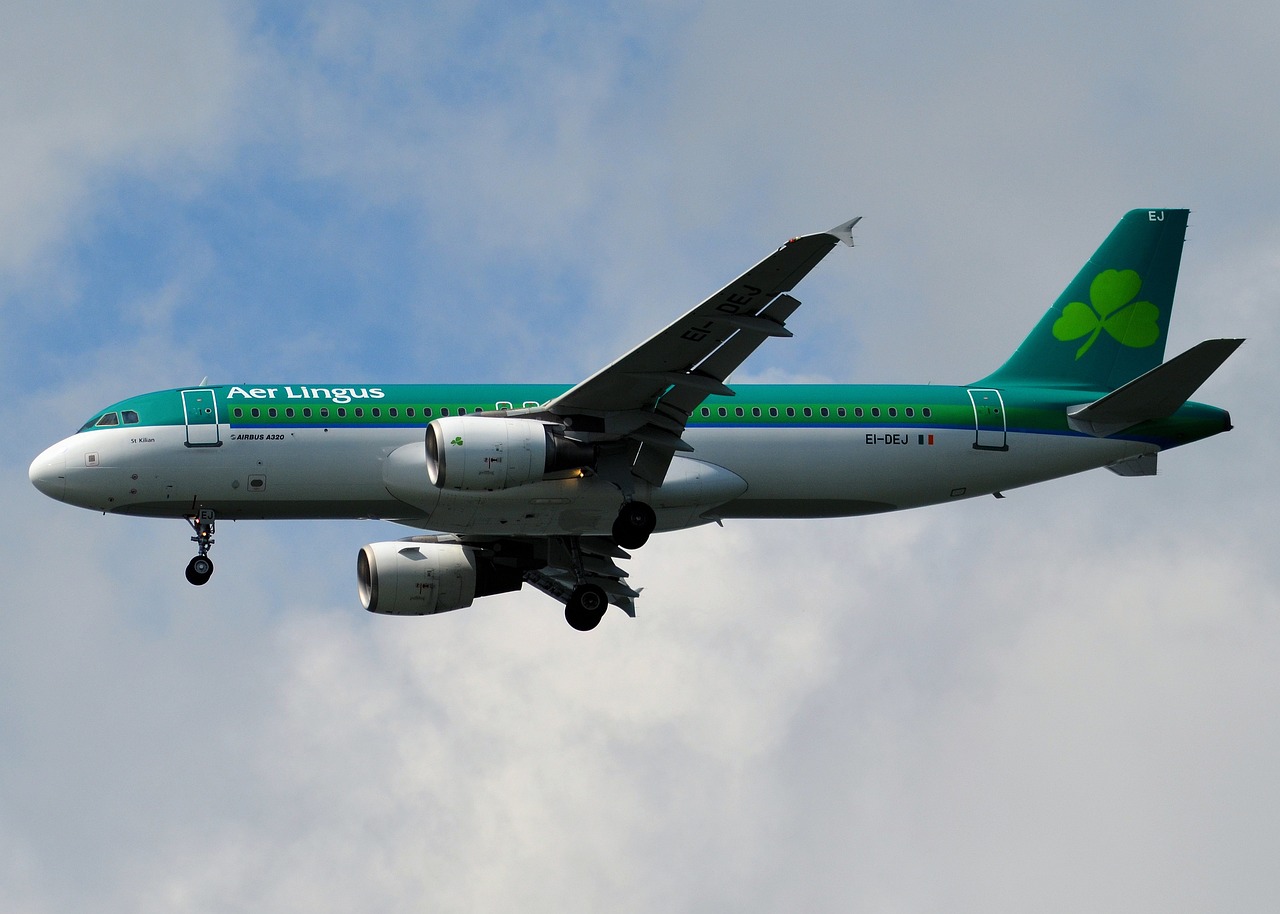
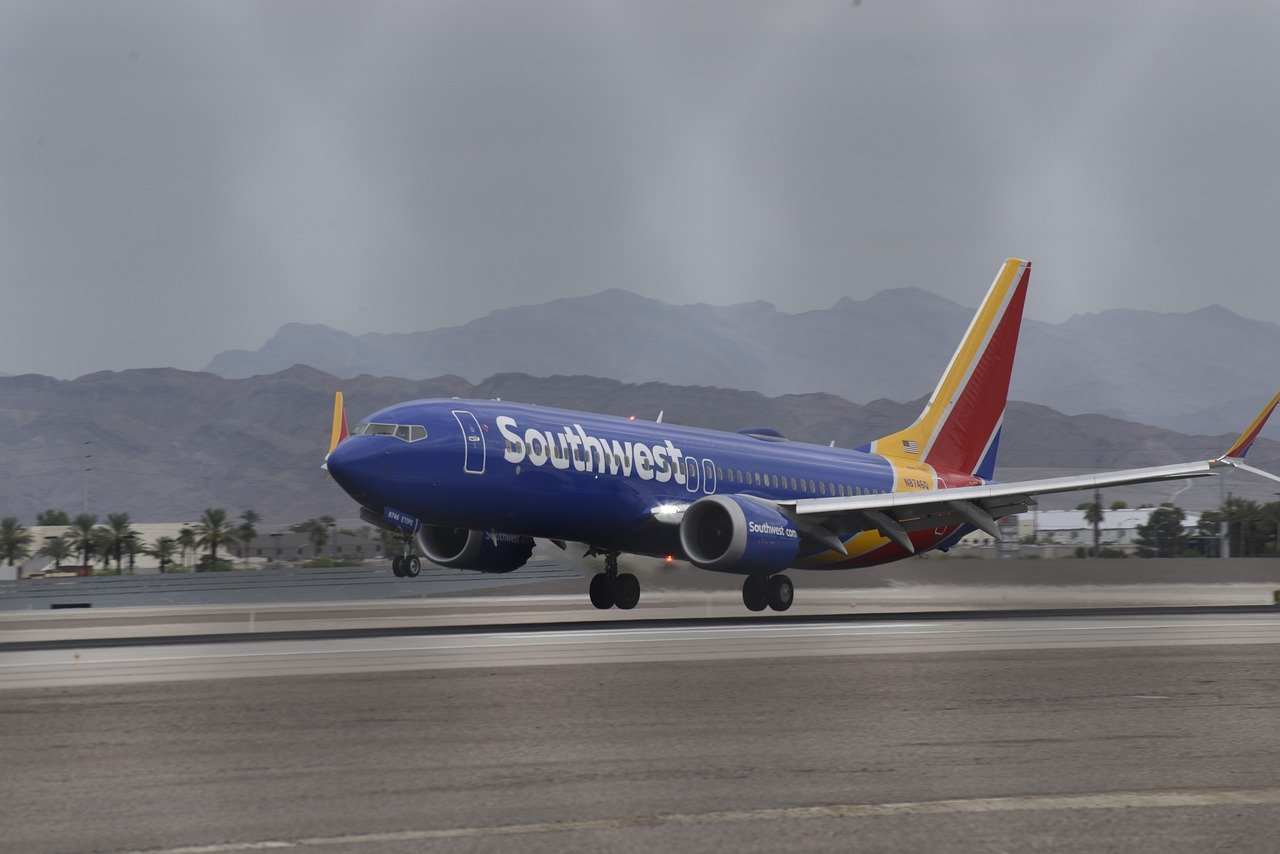

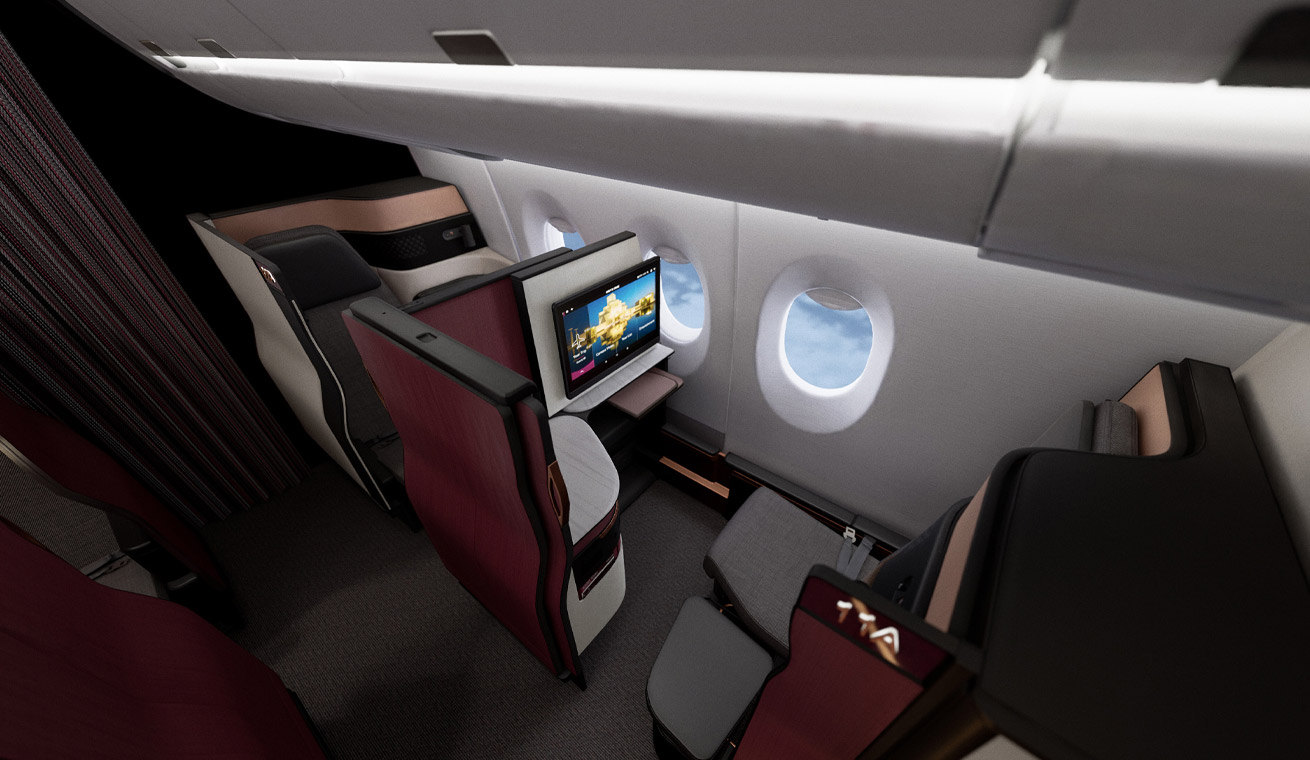


Leave a Reply